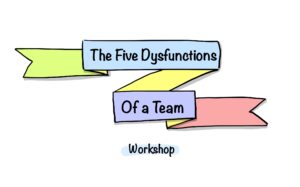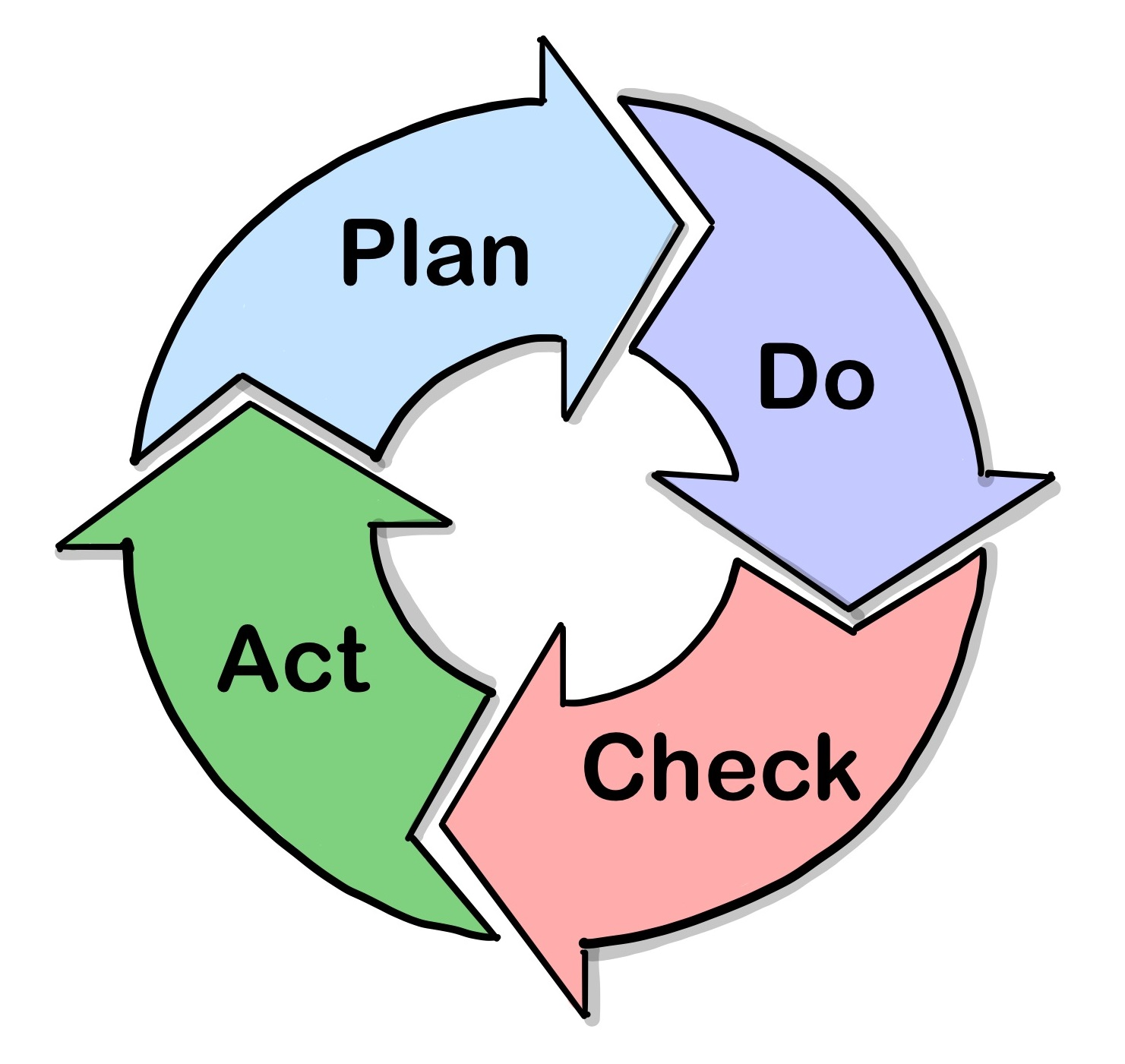The workshop is based on “The Five Dysfunctions of a Team” book by Patrick Lencioni and it can be conducted as a separate event or as a part of a longer Team Dynamics training. Here you might find some ideas on how to run such a workshop for your team.
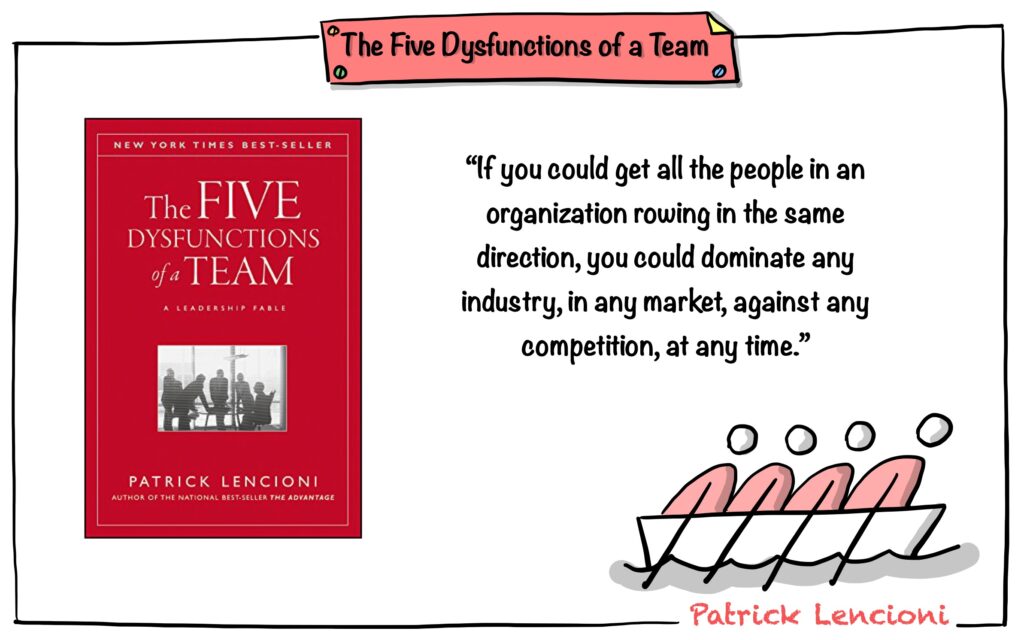
Audience. It is very beneficial when this workshop is done for the whole team working together. It builds a lasting foundation for teamwork and serves as a point of reference in team discussions in the future.
Outcome: Team members get to know the model and can assess the possible dysfunctions in their team, discussing the possible strategies for overcoming those dysfunctions together as a team.
A very important part of the workshop is open conversations, during which the team members can address the difficult problems that they probably might have avoided before, in a safe and respectful environment, without finger-pointing.
Usually, the biggest insights after the workshop are:
- understanding why it is important to invest time and effort in building relationships that result in trust
- realizing that conflicts, despite having a negative connotation, are in reality very important for successful teamwork and innovation and should not be avoided.
Format: It can be done both in-person and online. I always prefer face-to-face workshops. However remote version works well too.
Duration: 90 to 120 minutes. With a longer version, your team will have more time for discussions and coming up with ideas for better teamwork.
Preparation
Prior to the workshop, I ask all the team members to answer questions from “The Five Dysfunctions Team Assessment” (it is available in the book, and you can also google it).
For this, I have created a Mentimeter questionnaire (with Audience Pace set in Settings), where I grouped the questions for every particular dysfunction on the same slide but without naming the dysfunction.
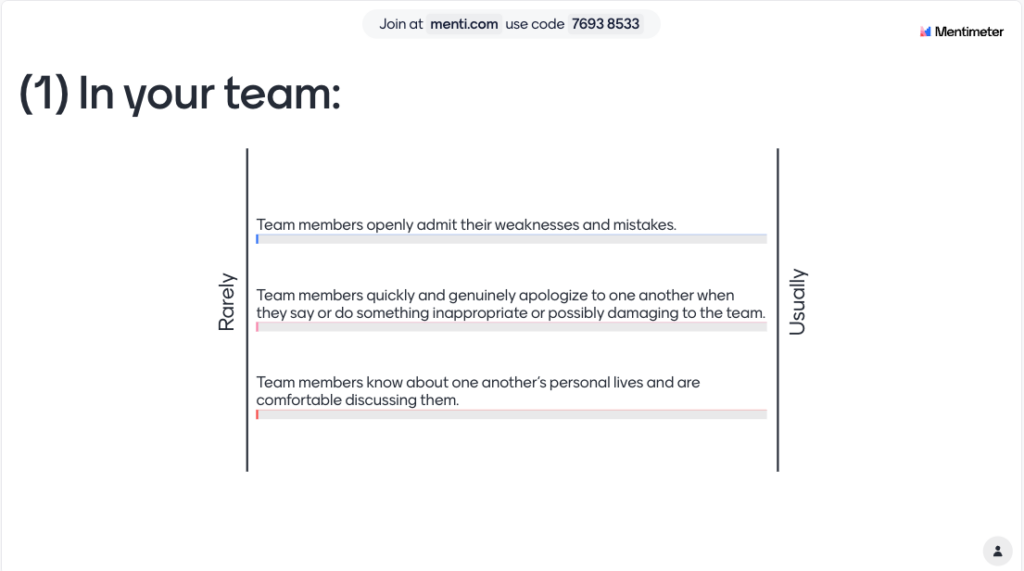

Overall I tend to avoid the word Dysfunctions before the workshop to not create a negative perception. If it is a standalone workshop, I name it “Team Strengths,” or it might be just a part of a longer workshop “Team Dynamics”. Also, I call the questionnaire just “Team Self-Assessment”:
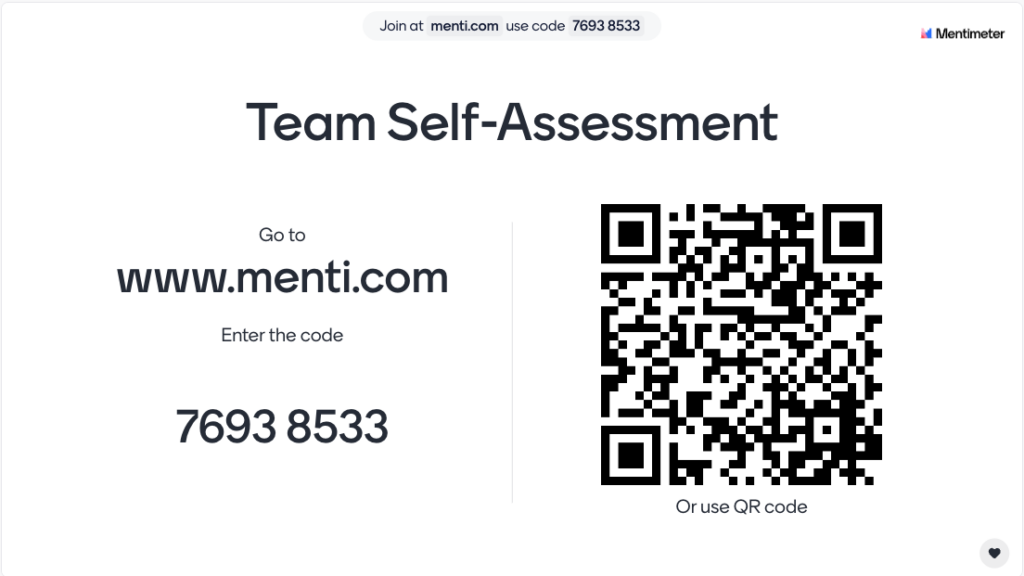
Workshop
First, I very briefly present the model and the book and show an empty pyramid as a placeholder for The Five Dysfunctions. Here it would be a good moment to ask people what they think those dysfunctions might be.
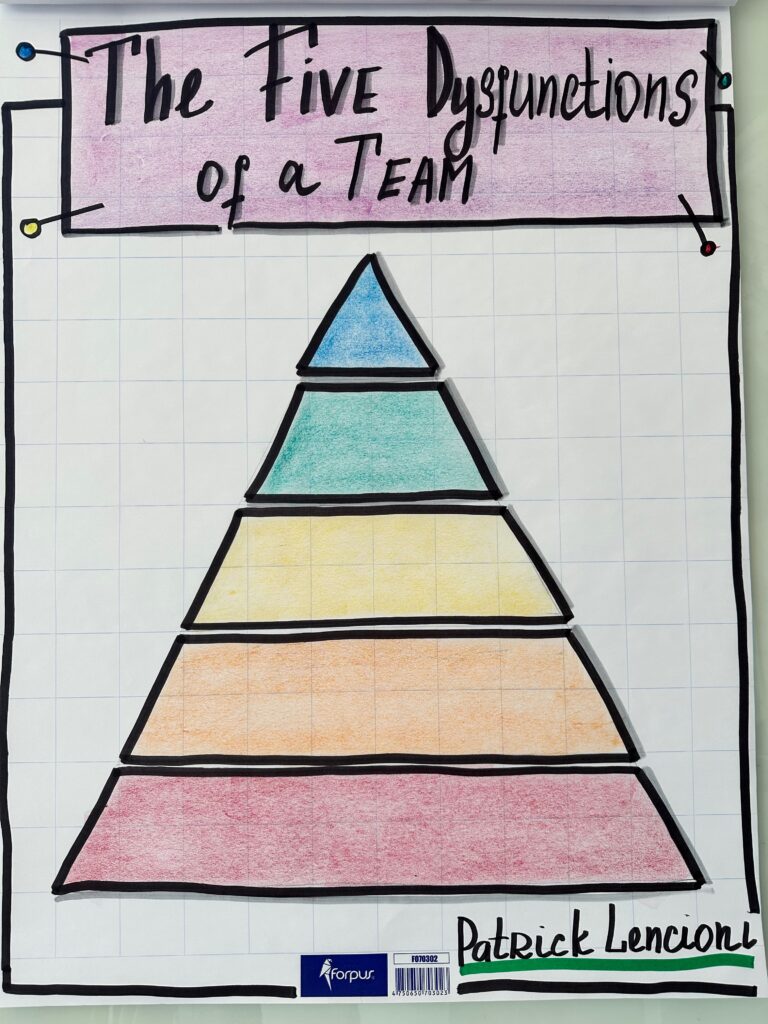
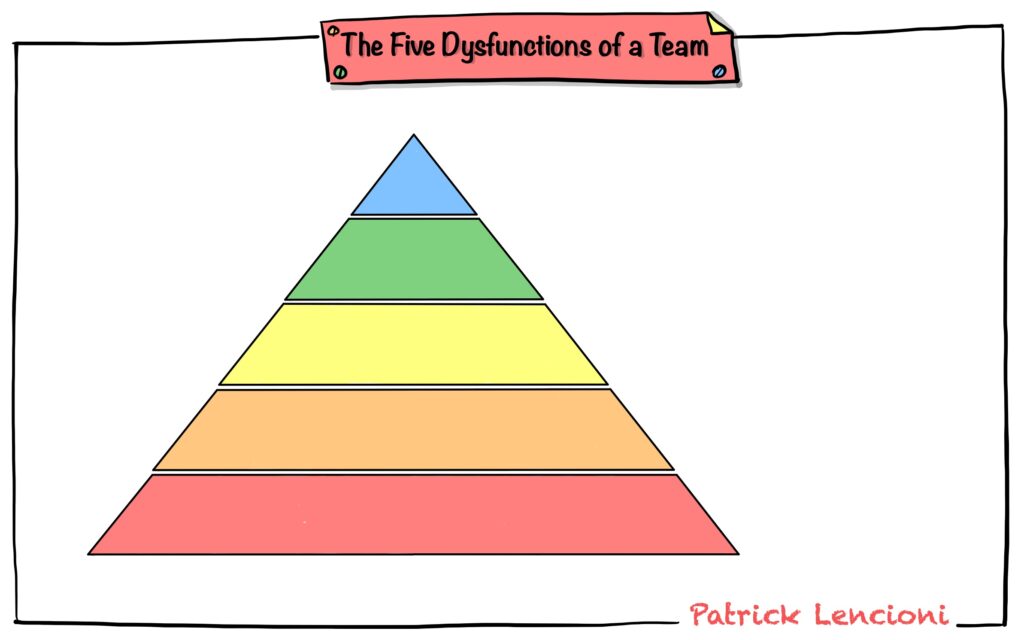
Then I start talking about the dysfunctions, filling up the flipchart with The Five Dysfunctions names and the symptoms through which the dysfunctions manifest themselves.
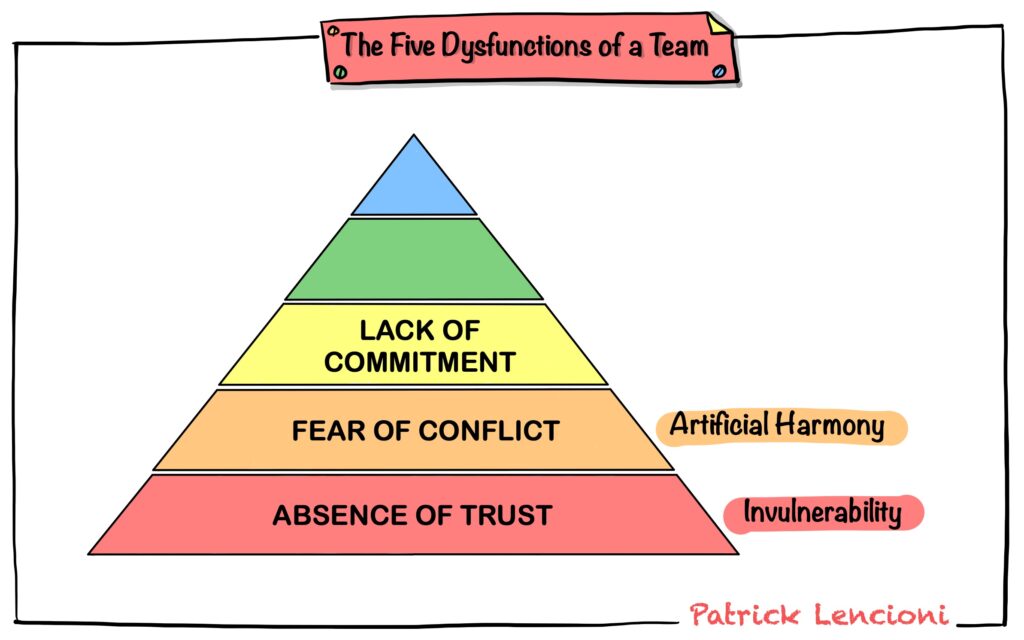
After going through the model, I ask the workshop attendees to think about what might be the primary dysfunctions of their team and share it (usually using Mentimeter):

And after this, we go through the results of the assessment the team members did prior to the workshop, but this time already showing the names of the dysfunctions:

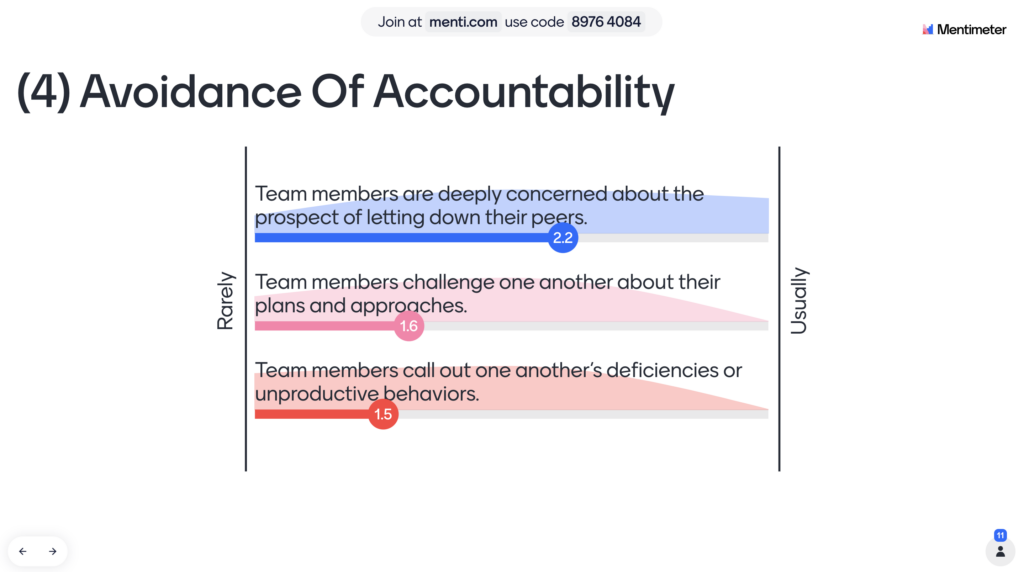
We discuss the results as we go from slide to slide: what the team members think about such results, and why they might be such. This part creates a lot of engagement and attention from the participants, with a lot of insights and interesting observations being revealed during this process.
Then we go to quantifying part of the assessment:
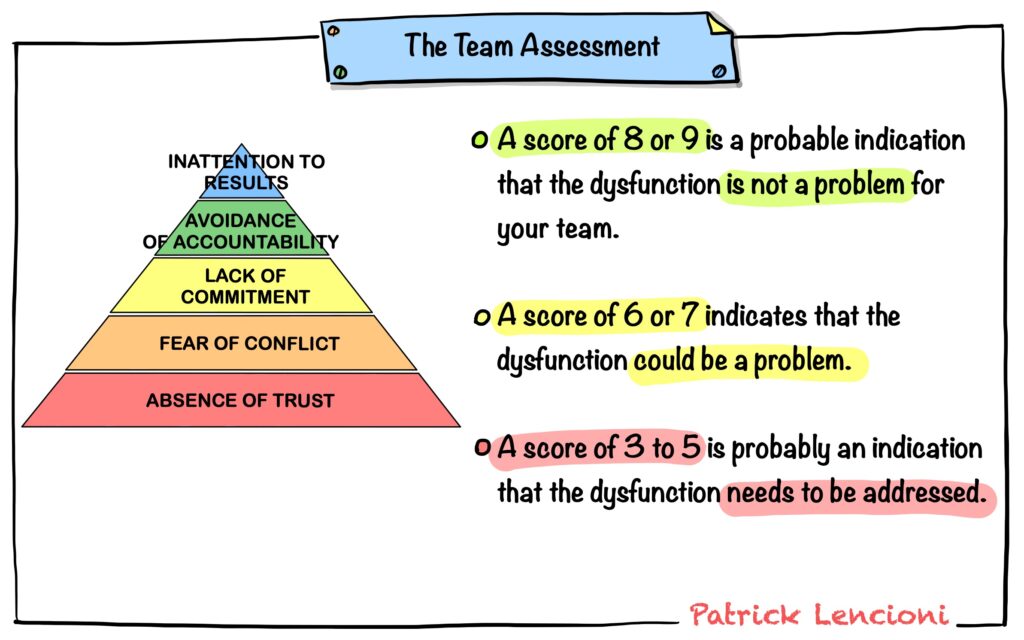
I show the average results for each of the dysfunctions:
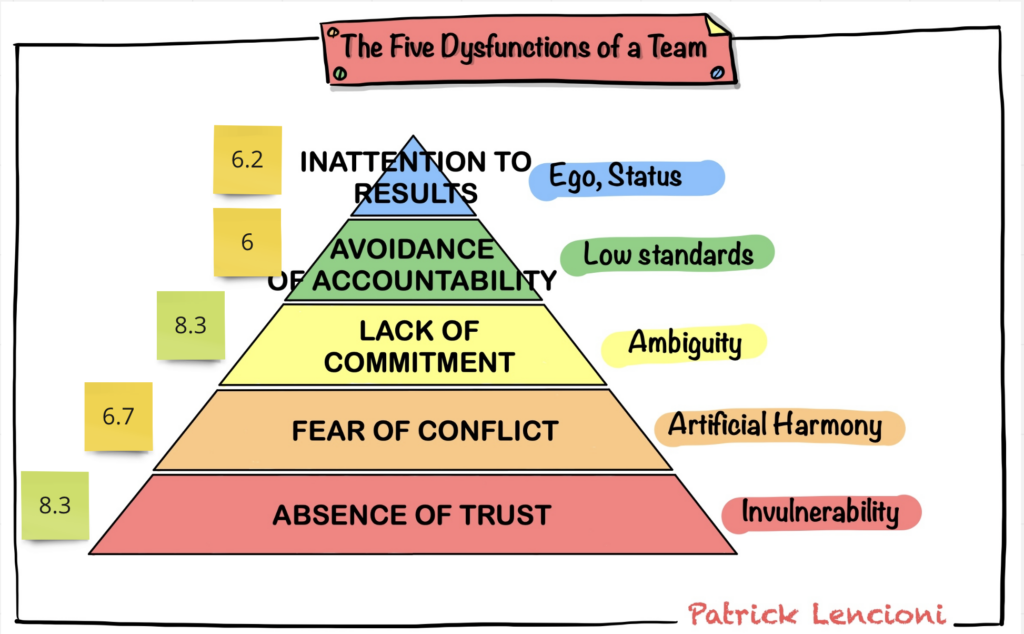
We use the numbers just as indicators, not for diagnosing the dysfunctions, but just to ignite further discussions.
Then we all together talk about how we can overcome each of the dysfunction:
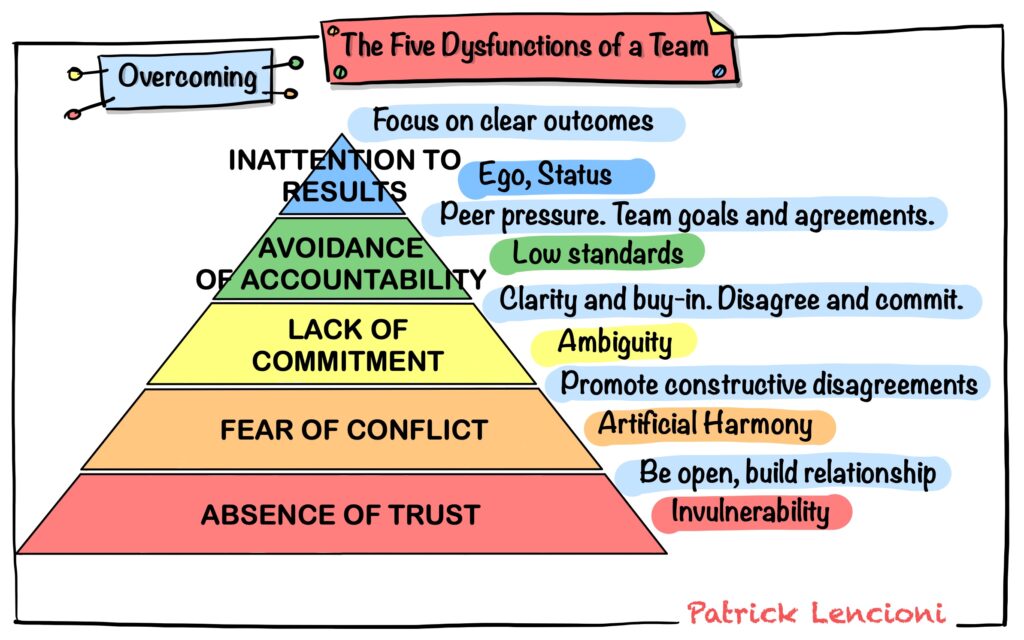
After this, in smaller groups, the attendees discuss what they can do in their team to overcome one of the dysfunctions they think might be important to the team to work with. The groups might work on different dysfunctions or on the same one. After this, they present their findings and ideas and discuss those with a whole team, consolidating the insights and agreeing on further actions and what they need to do as a team to overcome the dysfunction.
The more time you have for the workshop, the deeper these findings will probably be and the more lasting effects the workshop will result in. 90 minutes might be enough, but 120 minutes (with a break) is usually better.
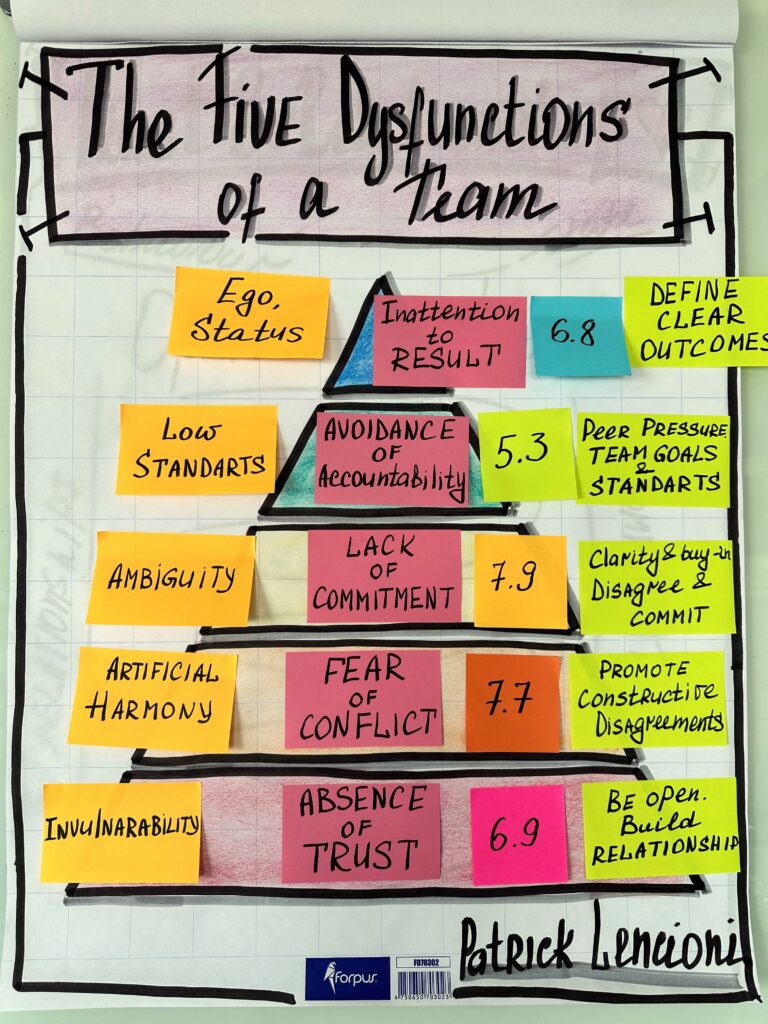
At the end of the workshop, we can also summarize how members of cohesive teams behave, so to say Team Strengths, as opposite to Team Dysfunctions:
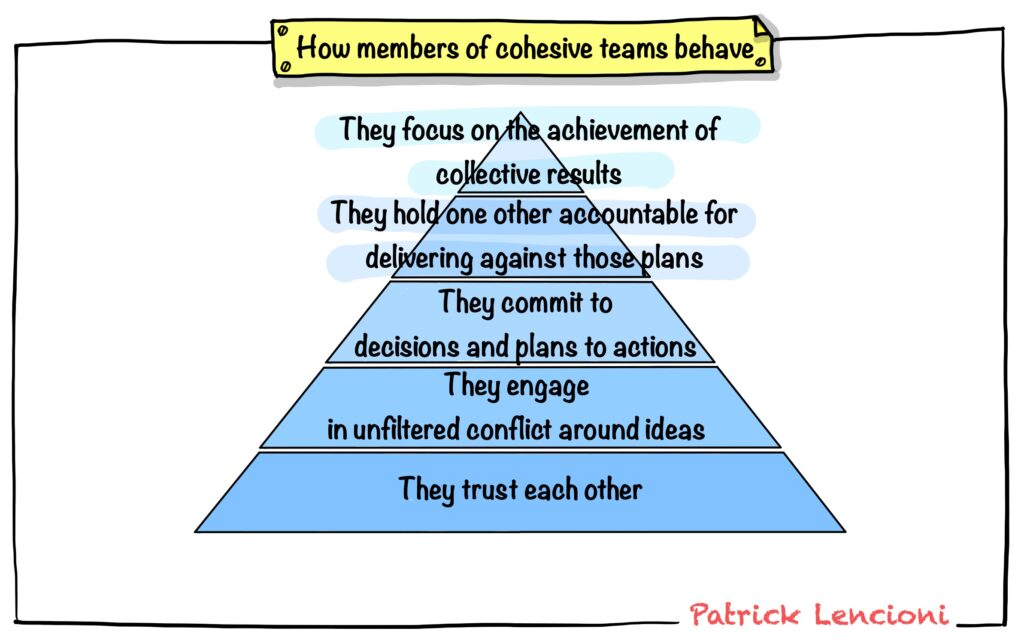
You can use this PDF file for presentation during your workshop
